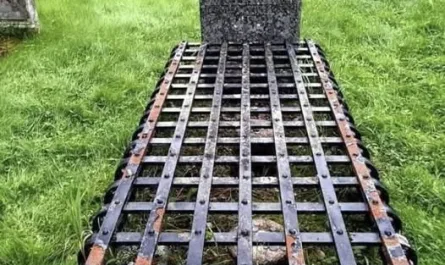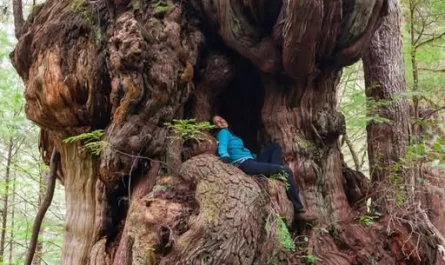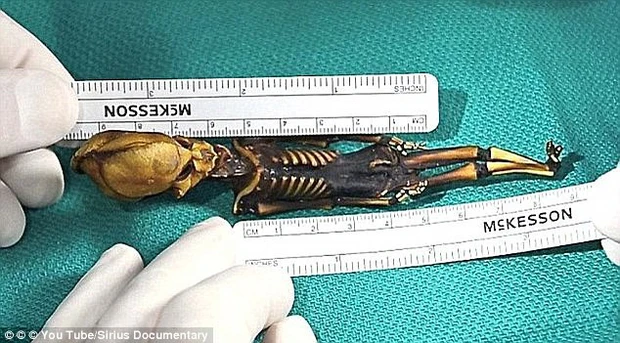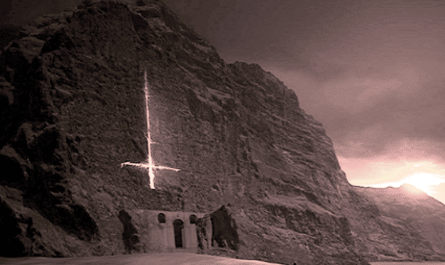Home to the world’s oldest temple and the first signs of human expertise, Göbeklitepe, is the dawn of civilization as we know it. An incredible feat of imagination and collective effort, the roots of Göbeklitepe reach back 12,000 years in human history. The mystery of Göbeklitepe, continues to surprise everyone, as new discoveries and findings unfold.
Göbeklitepe was discovered by Istanbul and Chicago University researchers back in 1963 and was finally brought to light in the excavations, known as “Göbeklitepe Visit,” under the guidance and expertise of the up and rising archeologist Professor Klaus Schmidt.
Where is Göbeklitepe?
Added to the UNESCO World Heritage List, Göbeklitepe, is located 22km Northeast from Şanlıurfa in Örencik Village. You can reach the location directly by car, but we must remind you that ticket purchase is required before arriving at the site. During peak times, before heading to the main site, you can spend time here and buy some souvenirs. The main site itself is split into four excavations sites: A, B, C and D, surrounded by walk routes and sheltered areas. Call the number 0 414 313 15 88 for any questions concerning arriving at the site. The entrance fee is 45 TL and is open from 10:00-18:00 during summer and 10:00-16:00 during winter. You may check the official website of Göbeklitepe for possible updates for working hours and days. If you own a museum card, it’s possible to visit all museums in Türkiye at more affordable prices. To find out more about the first temple Göbeklitepe and we recommend that you explore the site with a guide.
What is Göbeklitepe?
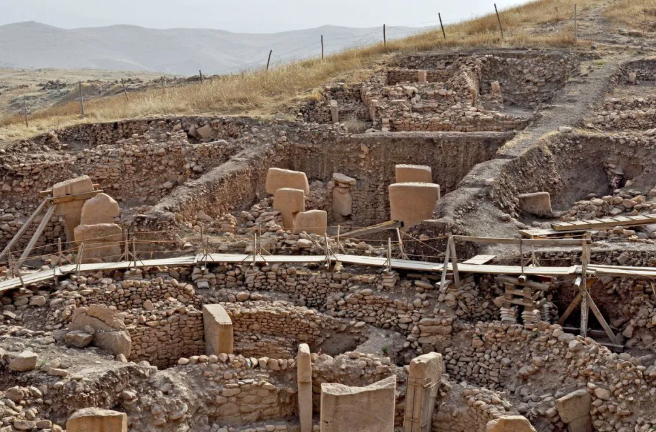
Throughout history, our notions about the cultural revolution have always rested on the beliefs that we transitioned from hunting and gathering to settled life at the start of the agricultural revolution, which paved the way to the development of religious teachings and construction of temples of worship. Small settlements became cities that gave way to great civilizations. With the help of the German Archeology Institute, Göbeklitepe, an unusual anomaly, proves to break the pattern in architectural findings and further research now illustrates that the cultural revolution began before the agricultural revolution was underway. Dating back 12,000 years, the findings on Göbeklitepe indicate that a temple of worship was founded before a gathering place, or place of shelter, and that the agricultural revolution was in fact a brand-new discovery. A milestone in unravelling historical assumptions, the findings at Göbeklitepe excavations suggest that civilization sprouted from religion, before agriculture. This groundbreaking discovery changes many assumptions about our historical time map. The findings at the excavations of Göbeklitepe, which dates back to the Stone Age, incites further curiosity and wonder – In that age, how did they create such marvels before the discovery and invention of the wheel and pottery? This question remains unanswered, the mystery all the more magical.
History of Göbeklitepe: Who created Göbeklitepe?
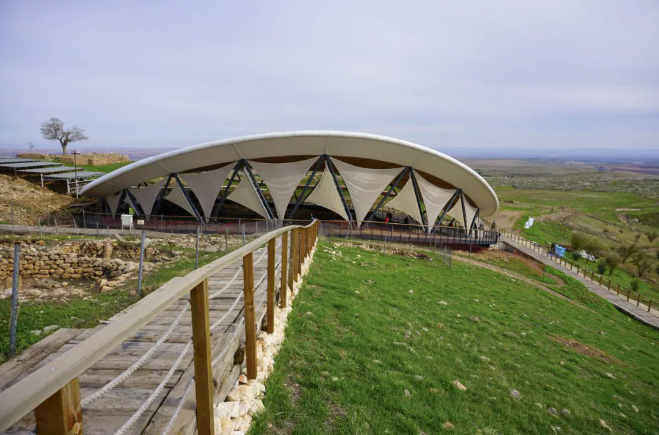
The artefacts and ruins discovered at Göbeklitepe provide us with different clues about the people that built this center of faith. Amongst the remains, there are signs of meat consumption, plus animal bones, pieces of stone, stone tools and rubble. The area in which animal bones of gazelle and deer were excavated implies that the builders were stone axe wielding hunter-gatherers. In short, Göbeklitepe is the work of a pre-agricultural society. The people we once assumed to be lacking in engineering skill and knowledge, are in fact a well-informed society that created temples with advanced engineering methods. Not only resourceful, these hunters and gatherers of the Stone Age appear to be capable of great organizational capacity. The obelisks excavated on the site would have taken the strength of 50 men to carry, and the leftover bones of wild animals also suggest that feasts were held, intimating that the society had many members. In order to build such a structure as Göbeklitepe, a prerequisite is a settled society with structural organization. However, in the findings, there is no sign of feeding or shelter. So, it appears this society may have spent days laboring, chipping and collecting stones to shape pillars, before heading back to their settlement. It is most likely that this said settlement is Şanlıurfa, this could be supported by the statues in Şanlıurfa that also date back to the Stone Age.
What do the findings tell us?
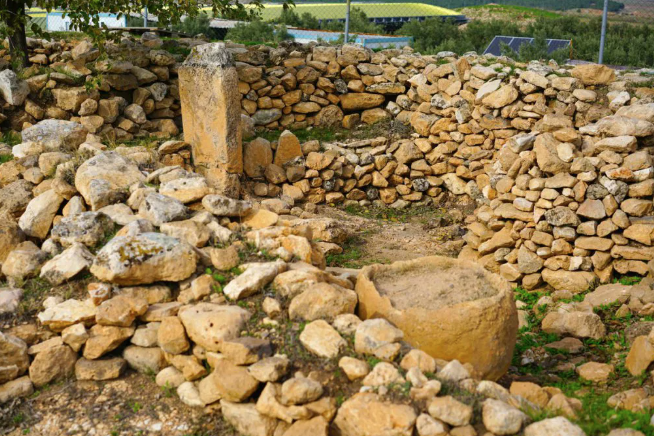
Göbeklitepe is a large place of worship composed of circular structures and smaller square shaped temples. Up to 20 structures have been found underground. The ongoing excavations have recently unearthed the place of worship, centered around two big obelisks. These obelisks are arranged in a T-shape, 6 meters long weighing around 40 tons. Archeologists argue that they symbolize stylized humans. In any case, the people depicted are wearing loincloths. Another view backing the notion that Göbeklitepe is the oldest place of worship, holds that these faceless bodies may be depictions of Gods. The obelisks are also ornamented with gigantic predatory animal figures. In the high reliefs, the animals are depicted as guards, and believed to be the guards of the obelisks. The carvings of Göbeklitepe, great obelisks and mysterious engravings represent a turning point in civilization and make way for new interpretations of the position of humans in nature.
Why was it created?
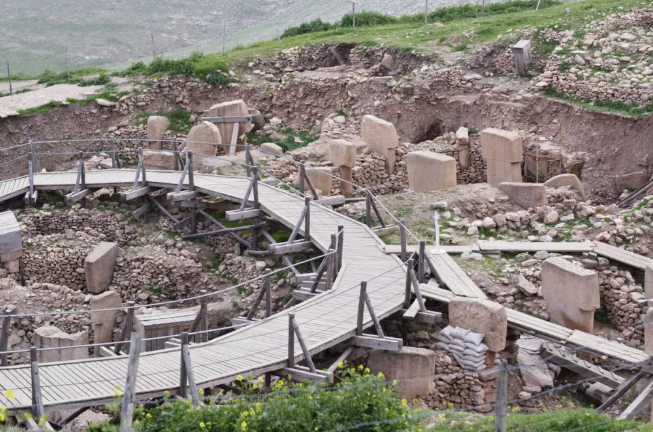
The circular room and door found in the excavation is thought to be a door into the underworld. Some other experts claim that Göbeklitepe may have been created as a place of worship dedicated to the dead. Those that built this incredible place, were later buried there. During the agricultural revolution, small buildings were constructed and developed in the area. These farming societies may have intentionally closed off the area out of disregard or for lack of care for their ancestors.
Urfa, a city of legends
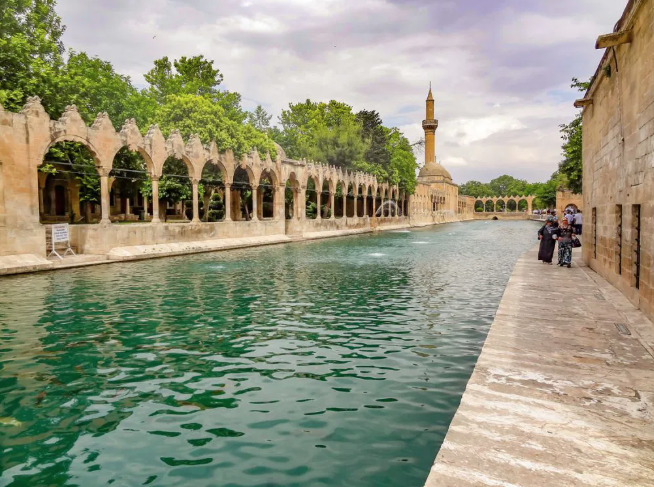
The circular room and door found in the excavation is thought to be a door into the underworld. Some other experts claim that Göbeklitepe may have been created as a place of worship dedicated to the dead. Those that built this incredible place, were later buried there. During the agricultural revolution, small buildings were constructed and developed in the area. These farming societies may have intentionally closed off the area out of disregard or for lack of care for their ancestors.
Urfa, a city of legends
